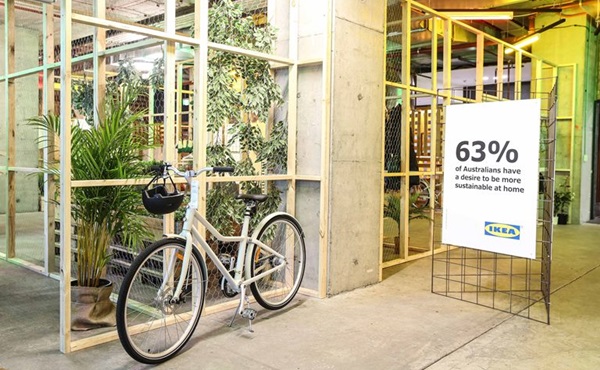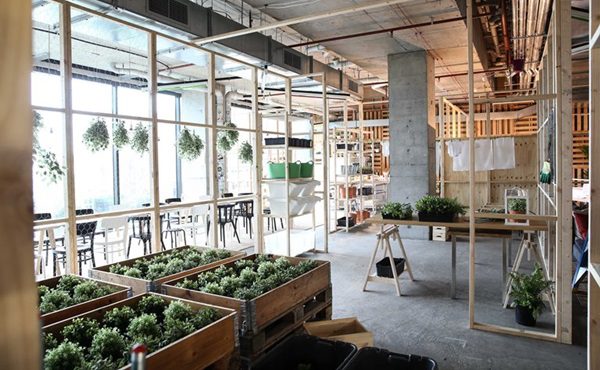Australians have an overwhelming desire to create more sustainable homes, but they don’t know where to start, according to an Ikea Australia People & Planet Positive report.
To show people how easy it is to make simple changes, Ikea has created a unique space called the Ikea Sustainability Studio.
Located at Central Park in Sydney, the studio represents an apartment that is entirely sustainable. Ikea Australia’s sustainability manager, Richard Wilson, says the retailer wants to help its customers live a more sustainable life at home.
“We believe by working together we can make a big difference to our environment, as well as to our customers’ hip pockets,” he explains.
With 26 per cent of Australians believing there are no financial savings to be made when being more sustainable at home, Ikea has revealed that the opposite is true. In fact, households in Australia throw away $1,036 worth of food a year, with 26 per cent admitting to letting food go bad each week; a water saving tap can save you money (as well as the equivalent of 260 baths of water a year); and swapping a light bulb to LED can save consumers purchasing around 22 traditional light bulbs.
 “Sustainability is not a new concept at Ikea Australia,” says Wilson. “Doing more with less has always been part of our DNA. Ikea Australia is making sustainability even more affordable, lowering the price on key energy and water-saving and waste sorting solutions, and providing healthy living products for our customers.
“Sustainability is not a new concept at Ikea Australia,” says Wilson. “Doing more with less has always been part of our DNA. Ikea Australia is making sustainability even more affordable, lowering the price on key energy and water-saving and waste sorting solutions, and providing healthy living products for our customers.
“In FY15, Ikea became the first major global retailer to achieve a 100 per cent sustainable cotton milestone after 10 years of proactive work to make more sustainable cotton the norm for the entire industry. All of the cotton in Ikea Australia products, including soft furnishings, bedding, towels, and rugs, now comes from more sustainable sources.”
Ikea Australia was also the first in the world to introduce a dedicated sustainability shop in all Ikea stores. “Customers can pick up inspiration and ideas to live a more sustainable life at home,” adds Wilson.
By Marion Gerritsen







